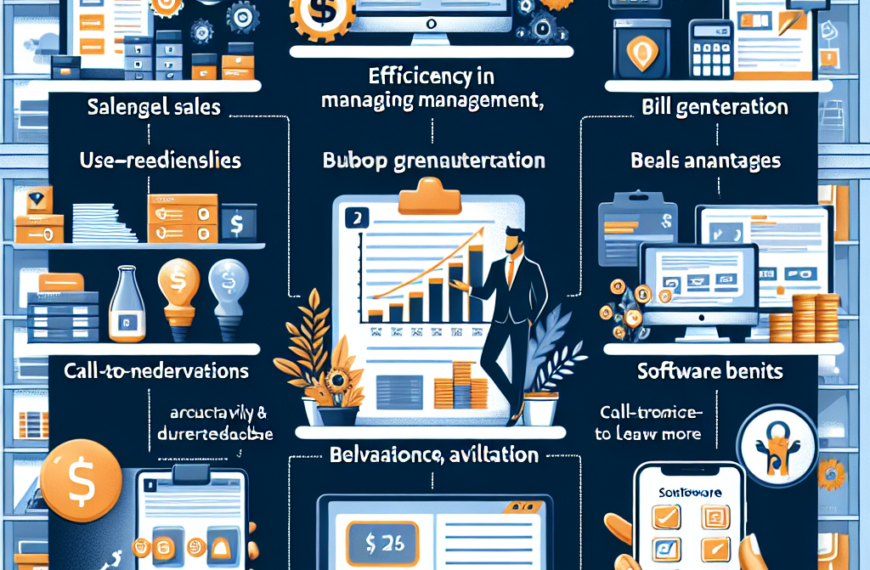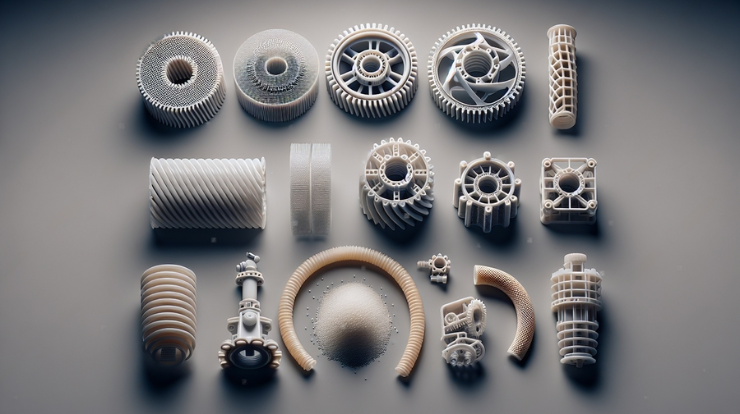Greener Roads: The Evolution of Sustainable Automobiles
In our rapidly evolving world, the way we move from place to place has a profound impact on the environment. The ubiquitous presence of automobiles in our lives has given rise to concerns about air pollution, climate change, and dwindling fossil fuel resources. As a response to these challenges, the automobile industry has been working diligently to usher in a new era of sustainable transportation. explores the exciting developments and innovations that are shaping the future of sustainable automobiles and the greener roads that lie ahead.
Electrification Revolution
One of the most transformative changes in the world of sustainable automobiles is the electrification of vehicles. Electric cars have gained tremendous popularity due to their potential to reduce greenhouse gas emissions. Companies like Tesla, Nissan, and Chevrolet have been at the forefront of this revolution, offering electric vehicles (EVs) that are not only environmentally friendly but also high-performing and stylish. The increasing availability of EV charging infrastructure has made it more convenient for people to embrace electric cars. Governments worldwide are also providing incentives and subsidies to encourage the adoption of EVs, further fuelling their growth. As battery technology continues to advance, we can expect electric cars to become more affordable and offer longer ranges, making them a viable choice for even more consumers.
Hydrogen-Powered Dreams
Hydrogen fuel cell technology is another exciting avenue for sustainable automobiles. Unlike traditional combustion engines, hydrogen fuel cells produce electricity through a chemical reaction between hydrogen and oxygen, emitting only water vapor as a byproduct. This technology holds enormous potential for long-range and heavy-duty vehicles such as buses and trucks.
While hydrogen-powered cars are still in the early stages of development and face challenges related to infrastructure and cost, they offer an alternative for reducing emissions and dependence on fossil fuels. Companies like Toyota and Hyundai have made significant investments in hydrogen fuel cell technology, pushing the boundaries of what’s possible in sustainable transportation.
Rise of Sustainable Materials
Beyond the powertrain, automakers are rethinking the materials they use to build cars. Sustainable materials, such as recycled plastics, carbon fibber, and bio-based composites, are becoming more common in the automotive industry. These materials not only reduce the environmental impact of vehicle production but also improve fuel efficiency and overall performance.
In addition to using sustainable materials, automobile manufacturers are focusing on improving the end-of-life recyclability of their products. They are designing cars with disassembly and recycling in mind, reducing the amount of waste that ends up in landfills.
Autonomous and Shared Mobility
The future of sustainable automobiles isn’t just about the vehicles themselves; it’s also about how we use them. Autonomous vehicles (AVs) and shared mobility services are poised to revolutionize the way we move. AVs have the potential to reduce traffic congestion, increase road safety, and improve fuel efficiency through advanced driving algorithms.
Shared mobility services, such as ride-sharing and car-sharing, encourage fewer people to own personal vehicles, which in turn reduces the number of cars on the road. This shift can have a significant impact on greenhouse gas emissions and air quality in urban areas.
Conclusion mobility services
The road to sustainable automobiles is marked by innovation, with the industry continuously evolving to address environmental concerns. The electrification of vehicles, hydrogen fuel cells, sustainable materials, and advancements in autonomous and shared mobility are all contributing to a future with greener roads and cleaner air.















